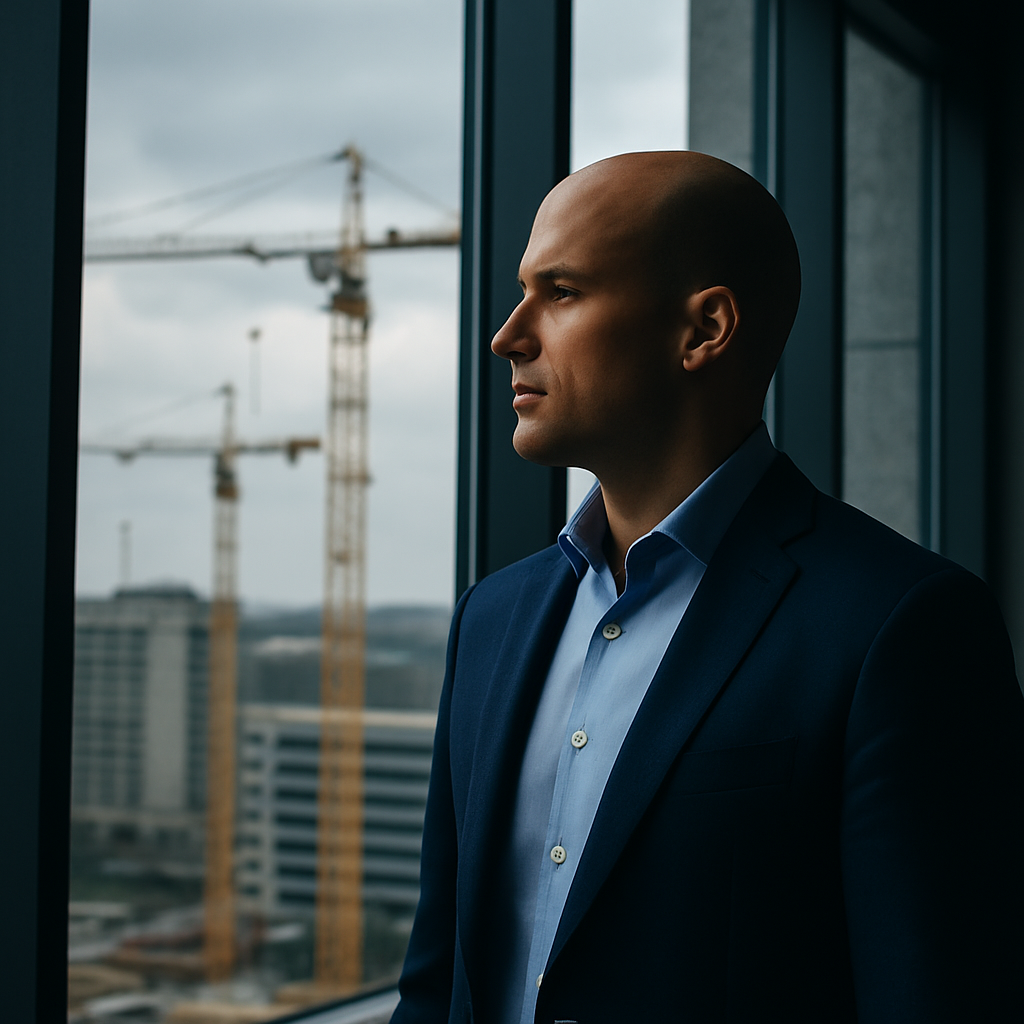“This is the success strategy the bold understand: Don’t just save. Leverage.”
In a world built by boldness, the safe path is often the slowest one. Too many entrepreneurs and investors fall into the trap of hoarding resources, mistaking stockpiling for strategy. But wealth was never meant to sit still. Time, capital, knowledge—none of it compounds in a vacuum. It grows when it moves.
Why Saving Alone Isn’t a Strategy
Saving is step one. It’s protection. A buffer. A parachute. But if you want to fly, you don’t cling to the parachute-you build the plane while you’re in the air. Wealth isn’t built in vaults; it’s built in velocity. Strategic risk isn’t gambling. It’s the art of using what you do have to unlock what you don’t…yet.
What Is Strategic Risk?
Strategic risk is not recklessness. It’s planned boldness. It’s:
- Investing in resources and assets that double output
- Learning from the right people instead of guessing your way through
- Launching the product before it’s “perfect”
- Taking the loan to expand what you already know works
It’s knowing the downside—but calculating that the upside is worth it.
5 Ways to Leverage What You Already Have
1. Leverage Time: Time blocks, automation, delegation. Use time like it’s your last resource—because it is.
2. Leverage Money: Use good debt. Bootstrap. Invest in revenue-generating assets, not liabilities.
3. Leverage Skills: Don’t do it all yourself. Trade what you know for what you don’t.
4. Leverage People: Partnerships, hiring, networking. Proximity is profit.
5. Leverage Ideas: Your brain is a business. Package your knowledge. Monetize your mind.
How to Calculate the Risk
Ask yourself: What’s the worst case—and can I recover from it? What’s the best case—and is it worth the risk? What does doing nothing cost me over time? The cost of inaction is often far more expensive than failure.
Final Word:
If you want freedom, comfort won’t get you there. Success doesn’t favor the safe. It favors the strategically brave. Risk isn’t the enemy—it’s the ticket. The real question isn’t: “Is it risky?” The real question is: “Is it worth it?”




